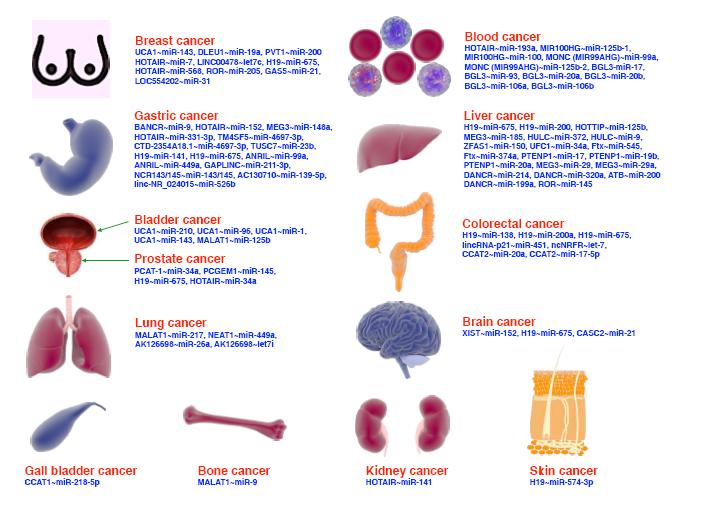| 1. |
Liu L, Liang Z, Ma S, et al. Radioprotective countermeasures for radiation injury (Review). Mol Med Rep, 2023, 27(3): 66.
|
| 2. |
Lalla RV, Brennan MT, Gordon SM, et al. Oral mucositis due to high-dose chemotherapy and/or head and neck radiation therapy. J Natl Cancer Inst Monogr, 2019, 2019(53): lgz011.
|
| 3. |
Iovoli AJ, Turecki L, Qiu ML, et al. Severe oral mucositis after intensity-modulated radiation therapy for head and neck cancer. jAMA Netw Open, 2023, 6(10): e2337265.
|
| 4. |
Lee CT, Galloway TJ. Pathogenesis and amelioration of radiation-induced oral mucositis. Curr Treat Options Oncol, 2022, 23(3): 311-324.
|
| 5. |
梅康康, 汪俭, 屈丽君. 化疗后口腔黏膜炎治疗的研究进展. 中国医院药学杂志, 2019, 39(13): 1409-1413.
|
| 6. |
陈煜淳, 林勇, 刘勇, 等. 姜黄素的应用、制备及改性研究进展. 现代食品科技, 2024, 40(6): 327-335.
|
| 7. |
姜浩, 张沐棠, 吴柳清, 等. 姜黄素药食特性及应用综述. 食品与发酵工业. doi: 10.13995/j.cnki.11-1802/ts.039522.
|
| 8. |
Mishra P, Paital B, Jena S, et al. Possible activation of NRF2 by vitamin E/curcumin against altered thyroid hormone induced oxidative stress via NFĸB/AKT/mTOR/KEAP1 signalling in rat heart. Sci Rep, 2019, 9(1): 7408.
|
| 9. |
田韦韦, 唐碧华, 刘俐, 等. 姜黄素改善慢性低度炎症及其相关疾病研究进展. 中国中药杂志, 2024, 49(10): 2607-2618.
|
| 10. |
李真, 郝凯, 贺超良, 等. PLGA-姜黄素纳米颗粒的制备及体外抗炎性能评价. 高等学校化学学报, 2023, 44(10): 245-252.
|
| 11. |
郭锦材, 谢辉, 吴昊, 等. 姜黄素治疗口腔黏膜下纤维性变有效性的 Meta 分析. 华西口腔医学杂志, 2021, 39(2): 195-202.
|
| 12. |
Kia SJ, Basirat M, Saedi HS, et al. Effects of nanomicelle curcumin capsules on prevention and treatment of oral mucosits in patients under chemotherapy with or without head and neck radiotherapy: a randomized clinical trial. BMC Complement Med Ther, 2021, 21(1): 232.
|
| 13. |
Arun P, Sagayaraj A, Azeem Mohiyuddin SM, et al. Role of turmeric extract in minimising mucositis in patients receiving radiotherapy for head and neck squamous cell cancer: a randomised, placebo-controlled trial. J Laryngol Otol, 2020, 134(2): 159-164.
|
| 14. |
Ramezani V, Ghadirian S, Shabani M, et al. Efficacy of curcumin for amelioration of radiotherapy-induced oral mucositis: a preliminary randomized controlled clinical trial. BMC Cancer, 2023, 23(1): 354.
|
| 15. |
邢艾雅, 高迪, 陈跃杰. 影响姜黄素口服吸收的因素及药物递送策略. 医药导报, 2024, 43(5): 762-768.
|
| 16. |
Huang Z, Chen X, Li Y, et al. Excogitation and assessment of curcumin-vitamin E self-assembly pegylated nanoparticles by the route of oral administration. J Pharm Sci, 2021, 110(1): 146-154.
|
| 17. |
Ahmed SF, Bakr MA, Rasmy AH. Vitamin E ameliorates oral mucositis in gamma-irradiated rats (an in vivo study). BMC Oral Health, 2023, 23(1): 697.
|
| 18. |
梁妍景, 黄楚贤, 李红艳, 等. 维生素 E 对放疗或化疗导致的口腔黏膜炎有效性的 meta 分析. 上海交通大学学报(医学版), 2023, 43(2): 208-214.
|
| 19. |
冯天琪, 王春丽, 王思瑶, 等. 壳聚糖/泊洛沙姆复合温敏水凝胶的制备. 吉林农业大学学报, 2021, 43(6): 679-684.
|
| 20. |
Zhang H, Chen B, Zhu Y, et al. Enhanced oral bioavailability of self-assembling curcumin-vitamin E prodrug-nanoparticles by co-nanoprecipitation with vitamin E TPGS. Drug Dev Ind Pharm, 2020, 46(11): 1800-1808.
|
| 21. |
Sroussi HY, Epstein JB, Bensadoun RJ, et al. Common oral complications of head and neck cancer radiation therapy: mucositis, infections, saliva change, fibrosis, sensory dysfunctions, dental caries, periodontal disease, and osteoradionecrosis. Cancer Med, 2017, 6(12): 2918-2931.
|
| 22. |
Sonis ST. The pathobiology of mucositis. Nat Rev Cancer, 2004, 4(4): 277-284.
|
| 23. |
Goutham HV, Mumbrekar KD, Vadhiraja BM, et al. DNA double-strand break analysis by γ-H2AX foci: a useful method for determining the overreactors to radiation-induced acute reactions among head-and-neck cancer patients. Int J Radiat Oncol Biol Phys, 2012, 84(5): e607-612.
|
| 24. |
Zhang G, Huang L, Feng M, et al. Nano shield: a new tetrahedral framework nucleic acids-based solution to radiation-induced mucositis. Nanoscale, 2023, 15(17): 7877-7893.
|
| 25. |
Endo Y, Muraki K, Fuse Y, et al. Evaluation of antioxidant activity of spice-derived phytochemicals using zebrafish. Int J Mol Sci, 2020, 21(3): 1109.
|
| 26. |
Lin X, Bai D, Wei Z, et al. Curcumin attenuates oxidative stress in RAW264. 7 cells by increasing the activity of antioxidant enzymes and activating the Nrf2-Keap1 pathway. PLoS One, 2019, 14(5): e0216711.
|
| 27. |
Liu C, Rokavec M, Huang Z, et al. Curcumin activates a ROS/KEAP1/NRF2/miR-34a/b/c cascade to suppress colorectal cancer metastasis. Cell Death Differ, 2023, 30(7): 1771-1785.
|




